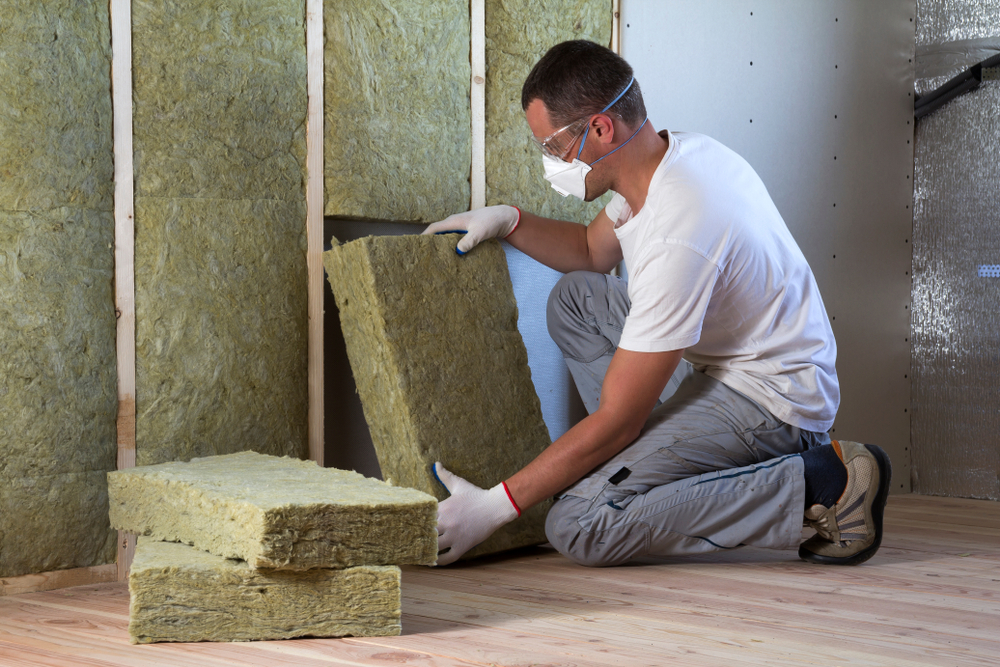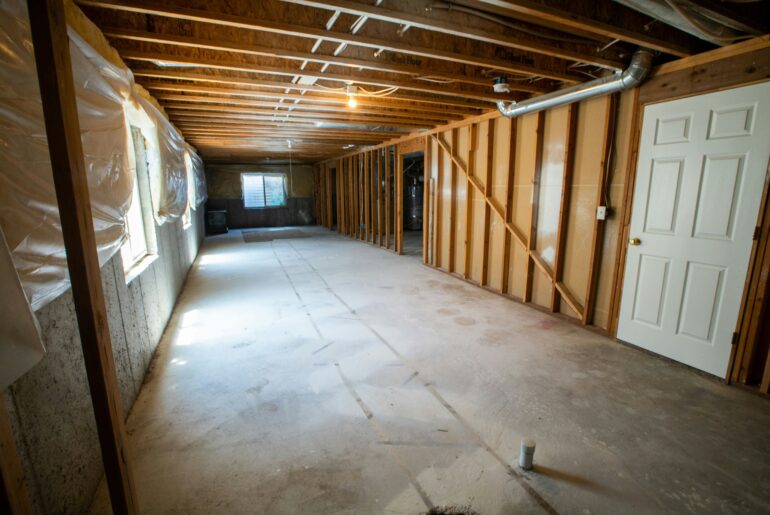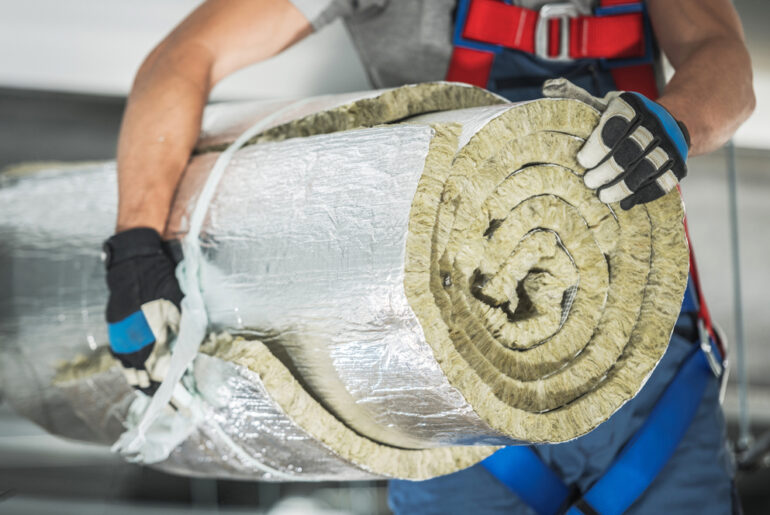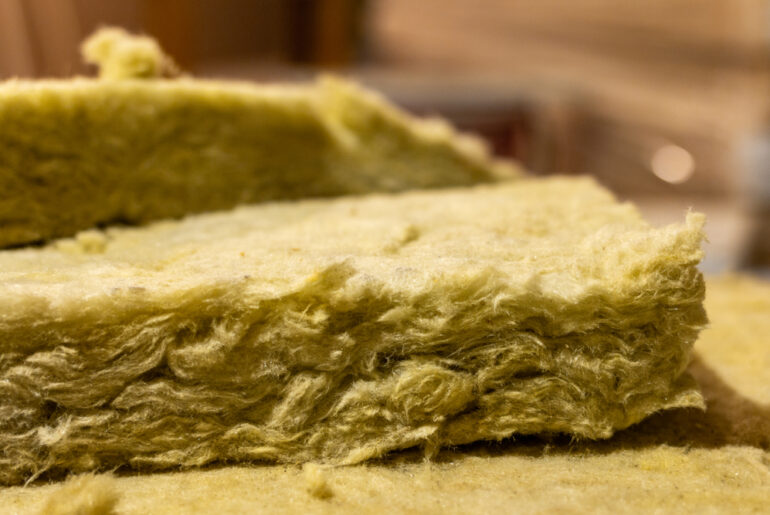You need new insulation for your attic or basement. So, you do what most people do: you go to Google.com and start looking for insulation types.
Here’s what pops up: R-values. Now, you’re wondering, what are these values, and what do they mean?
R-value tells you the thermal resistance or insulating effectiveness of a material. If a material has an R-value of 15 and another’s R-value is 17, the latter provides better insulation.
However, we don’t always have to go to higher R-values. Instead, R11 and R13 are pretty standard in most homes. But then again, which of the two do you choose? Let’s compare them.
What Is R11 Insulation?
If you look at the R-value scale, you’ll see they go up to 60 and even higher. In that light, R11 looks quite low.
But it’s actually a pretty good insulator. It’s usually used in walls and ceilings of homes, not attics. Plus, it’s much more affordable compared to higher-rated insulation.
Where Is It Used?
The main use of R11 insulation is in controlling the moisture in your exterior walls. Since the exterior walls are prone to more moisture and humidity, you need something to keep the water content in check.
That’s where R11 insulation comes in.
R11 insulation is also handy in use cases where you need pre-cut insulation. These pre-cuts come with insulating tape, which can be used to affix the insulation in place.
Most people use R11 insulation on exterior and interior walls. Plus, the insulation material is also commonly used in ceilings and roofs.
The most common location for R11 insulation is between furring channels and in metal or wood framing cavities.
R11 Insulation Depth
The measurements of R11 insulation depend on the manufacturer. In most cases, you can find batts with a thickness of 3.5 inches. These batts are 15 inches wide and can be anywhere from 32 to 48 inches long.
When buying R11 insulation, you also have the choice between faced and unfaced. In insulation, ”faced” means the material has a vapor retarder attached.
Now, what’s a vapor retarder, you may ask? It’s a material that helps in slowing the movement of water vapor. As a result, it keeps mold and mildew issues at bay.
If you use unfaced insulation, you’ll have to install the vapor retarder separately.
What Is R13 Insulation?
R13 insulation is two degrees higher in terms of R-value compared to R11 insulation. It’s also thicker and denser than the latter.
Fiberglass batts are the most common form of R13 insulation. You can find spray foam and recycled cotton options, too.
Where Is It Used?
According to the US Department of Energy, R13 insulation is ideal for uninsulated floors in Climate Zones 1 and 2. The areas in these zones include the Virgin Islands, Guam, Hawaii, and Puerto Rico.
You can also use R13 insulation in uninsulated wood-frame walls in the same regions.
Apart from that, R13 insulation is also suitable for attics and basements in North American states. It’s an excellent choice for exterior walls, too.
More importantly, R13 insulation is best suited for walls with 2×4 framing. It can also be used in metal and wood frames as long as the wall cavity can fit the insulation.
R13 Insulation Depth
We cannot really say there’s a standard depth for R13 insulation. You can expect the insulation material to be 3.5 inches thick.
For example, if you get an R13 fiberglass insulation roll from Home Depot, the 15 in. x 32 ft. (1 Roll) variant will have a width of 15 inches. It’s 32 feet long, and a single bag covers about 40 square feet.
Which One Should You Choose: R11 or R13?
The choice between R11 and R13 will depend on where you choose to install them. If you live in a warmer climate and need insulation material for the interior walls, such as those of living rooms or bedrooms, go for R11 insulation.
You can also use it for moisture control on exterior walls. R11 insulation is also suitable for limited space, such as narrow cavities, since it’s thinner.
On the other hand, choose R13 insulation if you live in a slightly colder climate and need insulation for utility spaces like attics, basements, and garages.
Here are some other things to keep in mind.
Energy Efficiency Requirements
How energy efficient do you want your home to be? Are you ready to face a higher upfront cost to save money in the long run?
If yes, then investing in R13 insulation is really worth it. The slightly thicker material will ensure that your home stays comfortable for years to come. It also helps reduce energy bills and carbon emissions significantly.
Sound Insulation
Soundproofing can be a major concern for spaces where you might want to work. For example, if you plan to convert your garage into a music studio or home office, you need an insulation material that will prevent the excessive noise from seeping through to the other parts of the house.
That’s where R13 takes the win.
But if you’re looking for insulation for aesthetic purposes, like a finished basement or attic, then R11 insulation is your best bet.
Is R13 Insulation Better Than R11?
Have you also fallen for the long-standing belief that a higher insulation rating is always better? We must clear this misunderstanding.
When faced with the decision between R13 and R11, you do not always have to opt for the higher-rated insulation.
Instead, you should assess your needs and determine which insulation material fits them. There’s no need to burn extra cash for no reason.
When Should You Upgrade From R11 to R13?
In some cases, you may have no choice but to upgrade to a higher insulation rating. First, if the building codes require you to do so, you better comply. After all, the fines for violating the rules can be huge.
But of course, you’re free to upgrade your insulation even if it’s not required. If you live in a cold climate and experience extreme temperatures, invest in R13 insulation.
Maybe the previous owners didn’t insulate your home enough? Or when you initially moved in, you didn’t have the budget for R13, but now you do? Whatever the circumstances may be, the upgrade will do your home wonders.
Besides reducing your utility bills, it will also keep you cozy during the long and cold winters.
You may also want to upgrade the insulation if you’re trying to amp up the selling value of your property. Potential buyers will welcome the addition, and you’ll be able to sell your home at a higher price.





